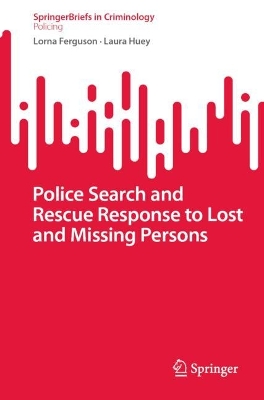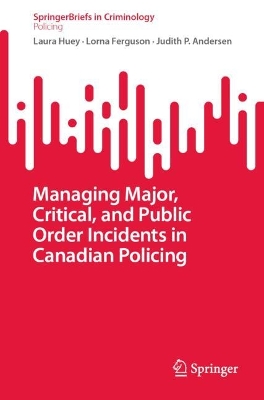SpringerBriefs in Policing
2 total works
Police Search and Rescue Response to Lost and Missing Persons
by Lorna Ferguson and Laura Huey
This brief discusses the significant contribution of police search and rescue to the successful location and resolution of missing persons cases.
Across seven chapters, this volume offers a detailed examination of the routine practices of police search and rescue personnel. To do so, it draws from a collection of data, including in-depth interviews with police and thousands of different types of missing persons records. Laced with the stories of missing persons, it presents a detailed overview of what these teams do, the processes and procedures employed, and the tools and technologies in police search and rescue. It explores some of the challenges impacting police search and rescue response, emphasizing how to leverage this work in the field. This book also identifies future trends to address the “What may be next” question in the police search and rescue response to missing persons.
As the first analysis of the role of police in search and rescue missions, this brief is of interest to law enforcement professionals and researchers of policing, policymakers, and professionals in psychology, criminology, sociology, and beyond
Managing Major, Critical, and Public Order Incidents in Canadian Policing
by Laura Huey, Lorna Ferguson, and Judith P. Andersen
This brief examines Canadian police incident command response teams’ process of decision-making during major, critical, and public order events. It explores the different factors that influence how police Incident Commanders (ICs) approach their work, and demystifies this work and how it is organized and operationalized.
The chapters in this book detail:
• The basics of how incident command is structured in Canada.
• How incident command models in Canada relate to those in other countries.
• Overviews of the training and responsibilities for different incident command types.
• First-hand accounts of how ICs approach their work and feel about the decisions they have to make.
This book is ideal for practitioners and policymakers who are interested in how this mode of policing works. It is also suitable for policing students in upper-level criminology and criminal justice courses curious about this potential line of work.

